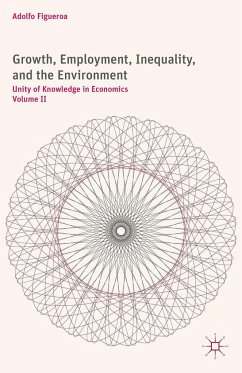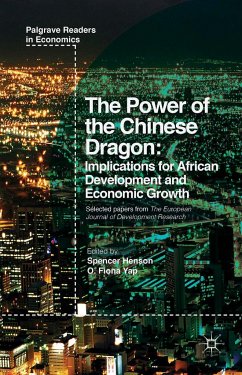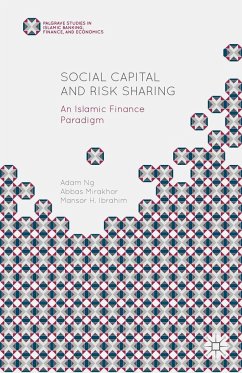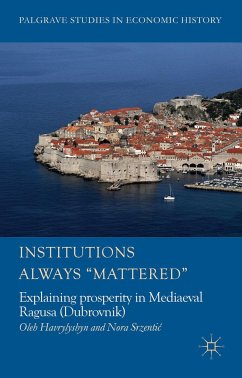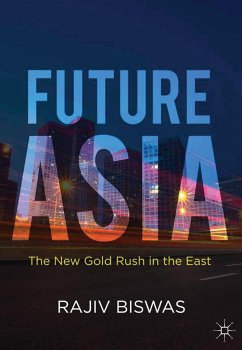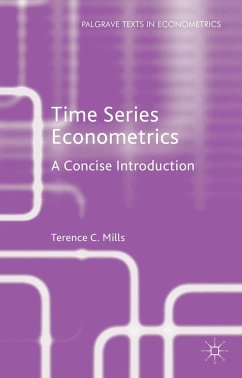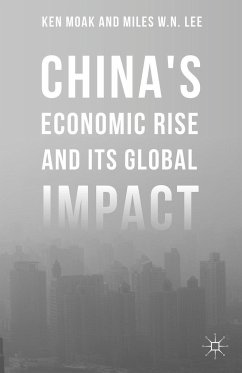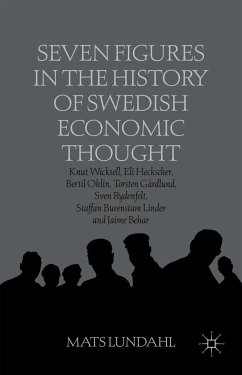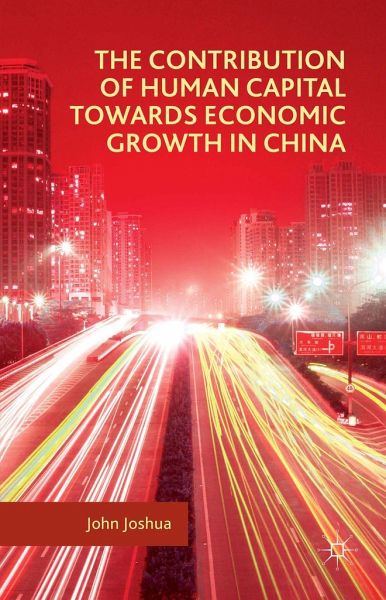
The Contribution of Human Capital Towards Economic Growth in China

PAYBACK Punkte
38 °P sammeln!
This book develops a human capital model to explain transformational growth within different stages of economic development, which will induce technological changes and consequently will require a change in human capital. China is a case study in transition and can provide useful lessons to other emerging economies.





